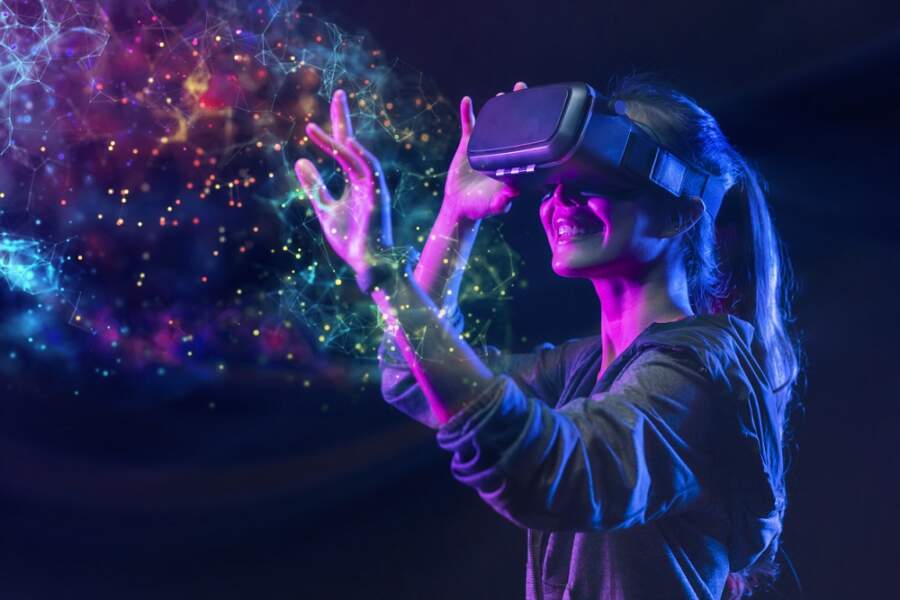
By Kseniia Stolbovaya | Co-Founder & CEO, DAN.IT
The technology industry is known for its rapid rates of growth and high quantity of startups. Many new firms are always trying to stand out and become the next massive tech company. This means the industry’s rate of innovation and entrepreneurship is always pretty high.
So how does innovation in the tech industry affect everyday people reading this article?
Innovation in the tech industry has a massive impact on everyday life now and in the future. Tech companies work on bringing goods and services that will make life easier for consumers across the world. For example, technology that we see as standard now, such as smartphones, would not exist without high levels of innovation in the tech industry.
Since the tech industry works on bringing us the future, it can be pretty helpful to keep tabs on new technologies that are likely to become very popular in the next few years. Jumping on technologies before they are fully developed can give you first movers advantage if you’re a business owner.
However, thousands of innovation projects are started daily, so it can be challenging to pick out successful ones. Read on to learn more about innovation in the tech industry and projects that will likely boom in the next few years.
Artificial Intelligence
Artificial intelligence has been a pretty popular topic in the last few years. There is starting to be more integration with artificial intelligence and various industries worldwide.
To put it briefly, artificial intelligence is defined as the programming of machines to mimic human intelligence and actions. This may sound like a dystopian thriller movie, but the development of artificial intelligence can provide a massive range of benefits.
Just as we use our senses to gather details of our environment, AI will gather data from their environment, process it, and make a decision based on the information.
AI is already being used in everyday life in simple things you won’t even notice. For example, AI technologies are being used to provide personalised recommendations during online shopping.
If you have an iPhone, then you’ve likely used Siri before. Siri is an example of a virtual assistant powered by AI technology. Nowadays, you may have access to multiple virtual assistants, such as Cortana and Alexa.
The future is bright for AI as it has the potential to change any modern industry significantly. The possibilities range from providing autonomous transport such as driverless cars to providing a more streamlined and faster way of diagnosing diseases.
The Metaverse
The Metaverse has been getting a lot of attention in the media recently. This is probably one of the most exciting concepts and potential technologies that we will receive in the next couple of years. It’s clear that large tech companies are chasing the concept as even Facebook’s parent company has rebranded to ‘Meta’.
The Metaverse is more than one piece of technology and instead refers to how we use the internet as a whole. Instead of accessing the internet through web pages and apps, we would access it through an immersive virtual world.
In this virtual world, users of the internet would be represented by avatars and would be able to interact with each other and the virtual world around them.
This is another area of technology that practically has no limits in possibility. The Metaverse has the potential to change any industry that utilises the internet, which is pretty much every industry in the world!
For example, the Metaverse would be able to provide more in-depth training and virtual training experiences for doctors looking to carry out surgeries. This virtual world would be able to mimic surgeries in real life and ensure practice with no risks.
Furthermore, companies such as DAN.IT have already recognised the potential for the Metaverse and the education industry. Metaverse learning can provide detailed learning in a virtual world that mimics a school environment. DAN.IT is already starting to provide training in IT roles in the Metaverse.
3D Printing
3D printing has been around for a while now, and it may seem like a simple suggestion. However, the progress of 3D printing technology has been immense, and we can now print things we could only dream of a couple of years ago.
This trend will likely continue and allow us to print in more valuable ways.
For example, we’ve seen people make enlarged printers and 3D print houses and even print food.
Currently, most of these prints are experimental and not being deployed in large-scale manufacturing processes. However, if the quality of 3D printing continues to improve, it will likely start to be implemented in manufacturing processes in various industries.
This will likely cut costs for different firms and hopefully decrease prices carried on to consumers. Furthermore, consumer 3D printing technologies should become more widely available and allow everyday people to have a 3D printer in their homes.


